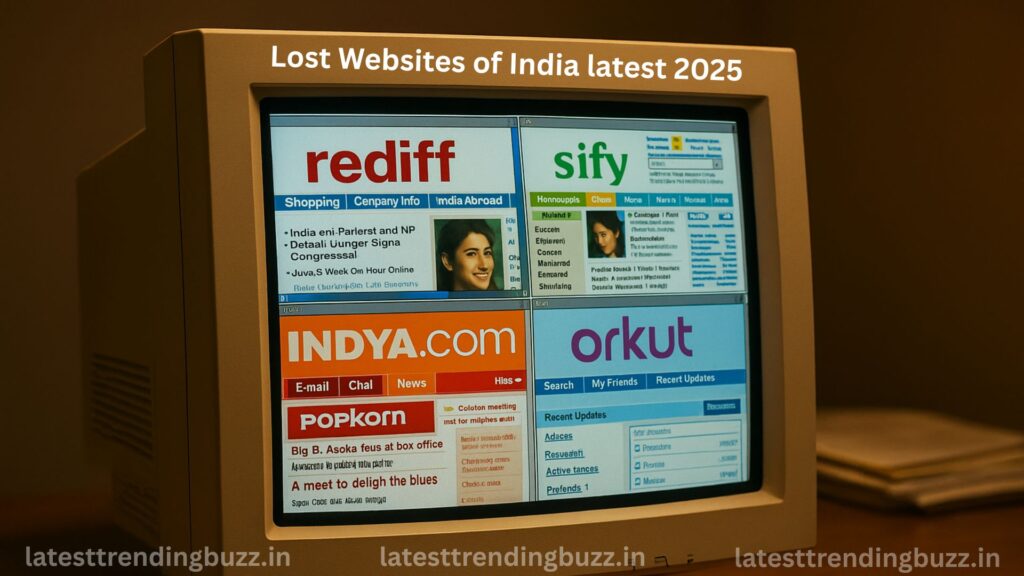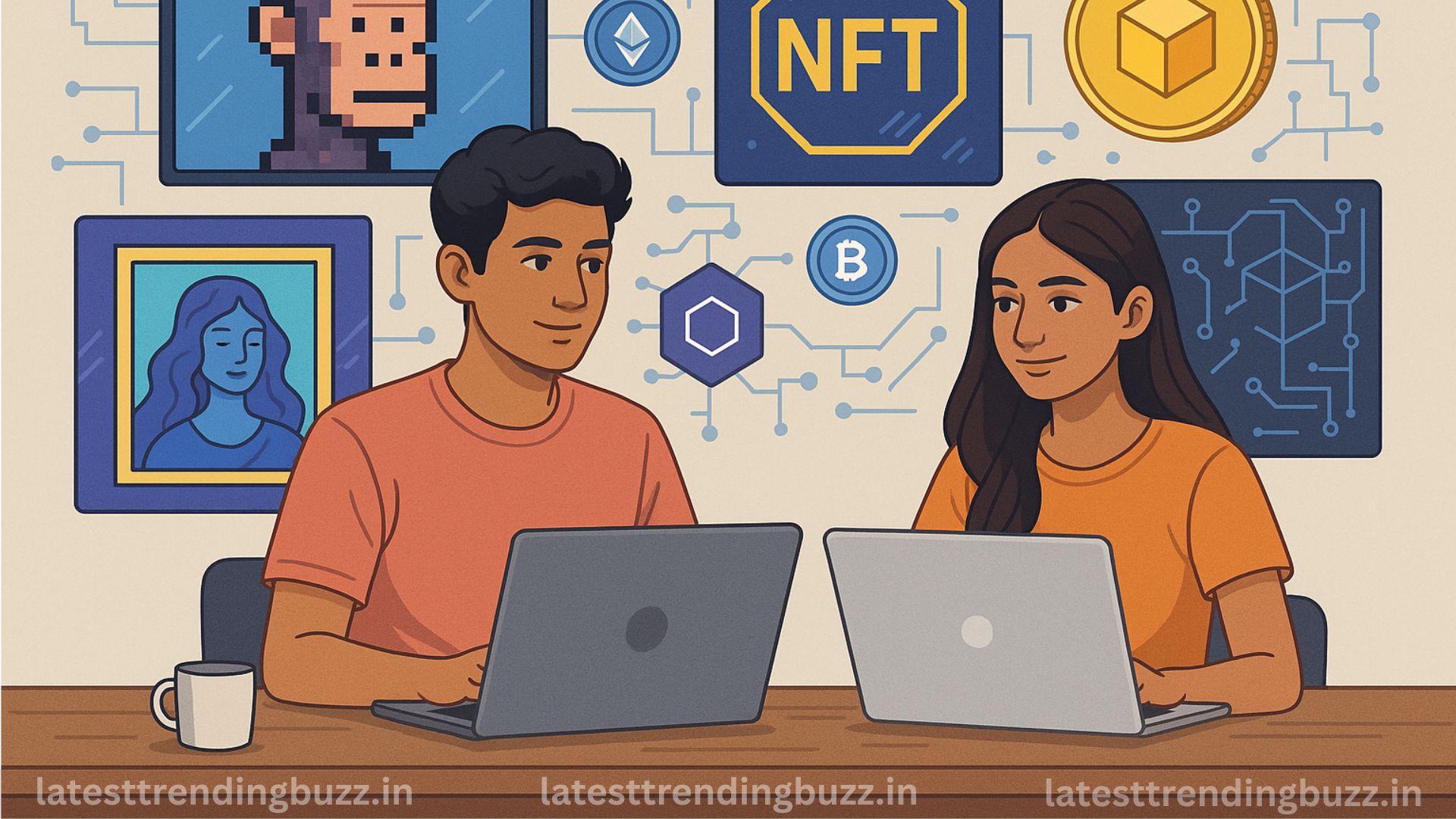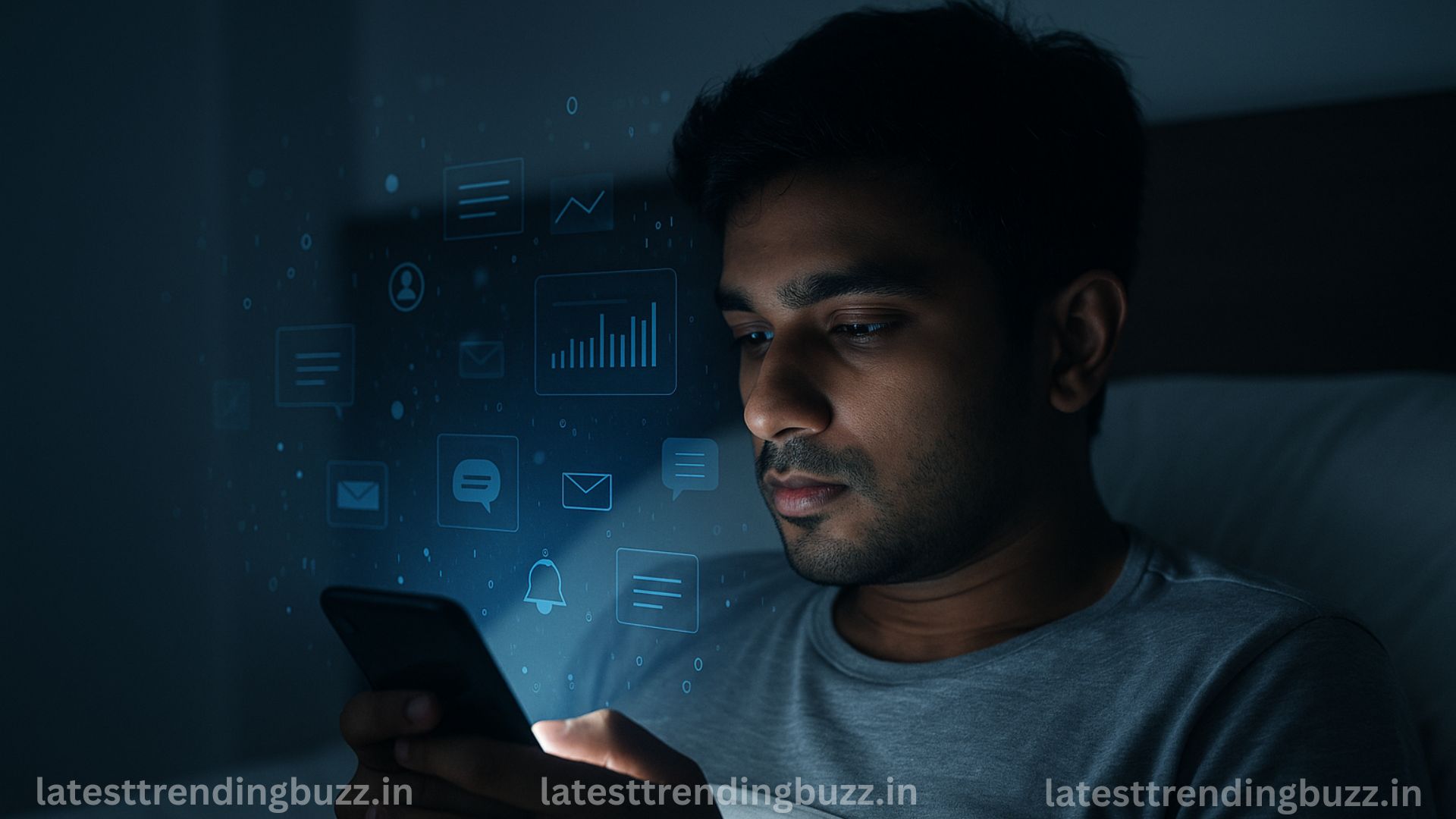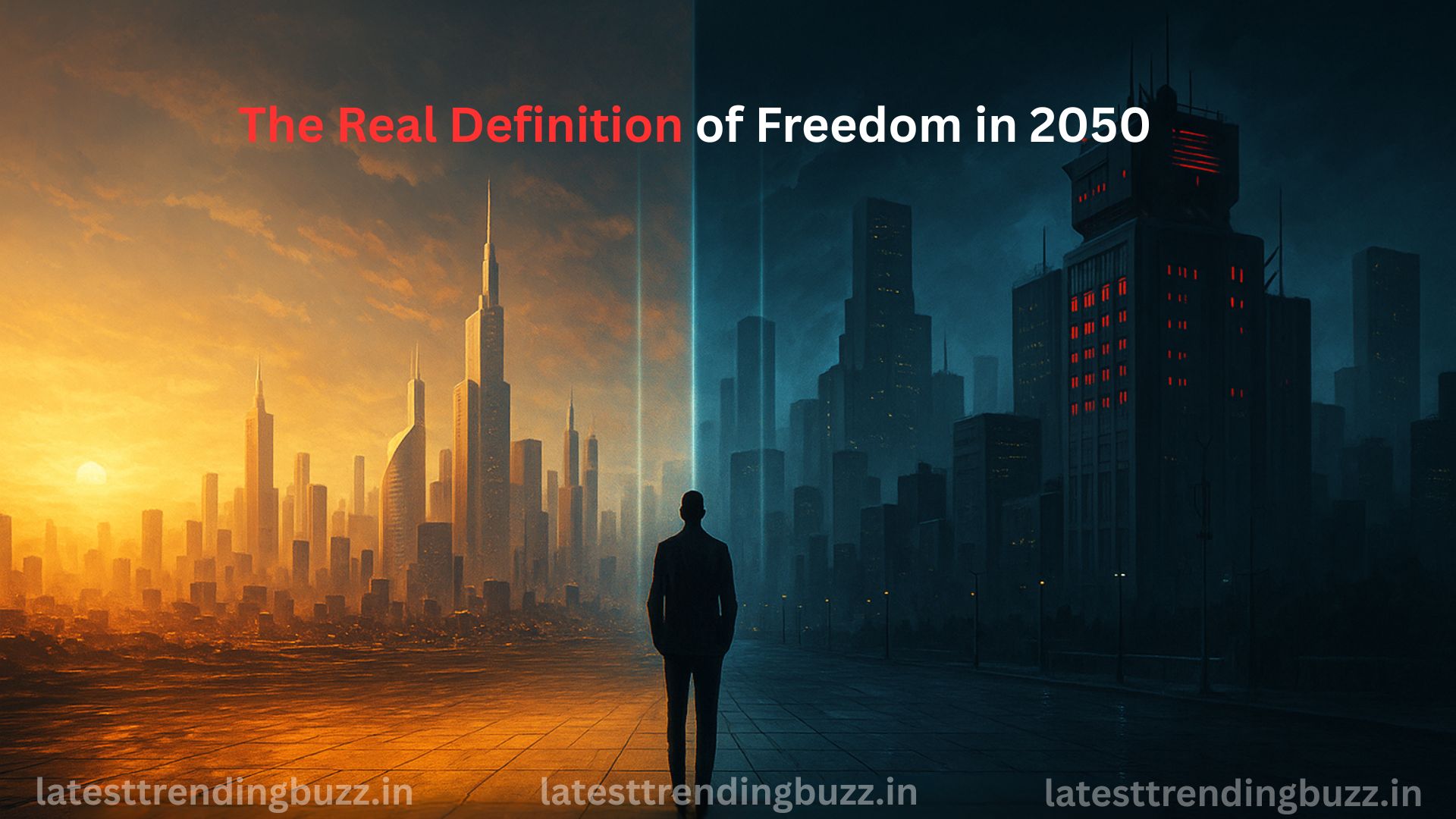Before India became a smartphone nation, before Jio, Instagram, or AI-driven feeds — there was a quieter, simpler web. Between 1998 and 2010, Indian internet users discovered a digital universe of portals, forums, and chatrooms that felt revolutionary.
These were the days of cyber cafés, dial-up tones, and the first Indian email addresses. Yet today, most of those pioneering sites are gone — the Lost Websites of India latest 2025 that shaped an entire generation’s online journey.
Let’s travel back in time to rediscover the digital history India forgot.
The Dawn of India’s Internet (1998–2001)
When the dot-com era began, India had barely 1.4 million internet users. But in those early years, something remarkable was happening — Indians were building their own corner of the web.
1. Rediff.com — India’s First Digital Icon
Founded in 1996 by Ajit Balakrishnan, Rediff became the country’s first true web portal. It offered email, news, Bollywood gossip, cricket, and message boards.
In 2000, having a “@rediffmail.com” address was a status symbol. Though it still exists, its glory days belong to the Lost Websites of India latest 2025 — a reminder of when the web felt handmade.
2. Sify.com — The Gateway to the Internet
Powered by Satyam Infoway, Sify was not just a website — it was an internet experience. Sify’s cyber cafés (Sify iWays) became India’s first digital hangouts.
People played games, chatted, and sent their first emails there. It wasn’t just browsing — it was belonging. And as broadband arrived, Sify slowly disappeared into the Lost Websites of India latest 2025 timeline.
3. Indya.com — When the Web Met Bollywood
Launched in 1999 with huge investment from Rupert Murdoch’s News Corporation, Indya.com brought Indian pop culture online.
It mixed astrology, gossip, contests, and entertainment — everything uniquely Indian. But when the dot-com bubble burst, Indya collapsed, becoming one of the earliest fallen stars among the Lost Websites of India latest 2025.
The Rise of Indian Portals (2002–2005)
With more Indians coming online, the internet evolved from novelty to necessity. Local portals tried to give everything — news, email, entertainment, shopping — under one roof.
4. Khoj.com — India’s First Search Engine
Before Google’s rise, India had Khoj.com (“Khoj” means “search” in Hindi). Launched in 1996, it offered search, jobs, and classifieds.
It was proudly Indian and surprisingly advanced for its time. But after Google entered, Khoj couldn’t compete — and now lives in history as one of the proud Lost Websites of India latest 2025.
5. IndiaTimes.com — The Times Group Goes Digital
IndiaTimes, launched in 1999, was the digital wing of The Times of India. It combined entertainment, news, email, and cricket — a forerunner of today’s content portals.
By 2004, it was India’s most-visited site, even winning web awards. Though still active, its original charm and simplicity make it part of the Lost Websites of India latest 2025 era.
Also Read: The Secret Internet latest 2025 Deepnet, Dark AI, and the Hidden Web
6. MouthShut.com — The First Voice of the Consumer
Created in 2000 by Faisal Farooqui, MouthShut.com gave users power. Before Google Reviews or Zomato, Indians used MouthShut to share experiences — from restaurants to tech.
It still survives, but its golden years lie within the nostalgic landscape of Lost Websites of India latest 2025.

The Social Revolution (2005–2008)
The mid-2000s marked India’s shift from reading to connecting. Orkut, BharatStudent, and Fropper defined early digital friendships and youth culture.
7. Orkut India — Where Friendships Were Born
Launched globally in 2004, Orkut found its biggest fanbase in India. By 2007, millions of Indians were “scrapping” and joining communities.
It was social media before social media had a name — emotional, messy, and real. Its shutdown in 2014 made it the most mourned loss in the Lost Websites of India latest 2025.
8. BharatStudent.com — The Student Universe
Launched in 2006, BharatStudent offered chatrooms, profiles, education guides, and friendship portals. It was India’s youth network long before Facebook arrived.
When social media giants rose, BharatStudent faded quietly — a name remembered only by those who lived the golden age of Lost Websites of India latest 2025.
9. Fropper.com — India’s First Dating & Friendship Network
Before Tinder or Bumble, there was Fropper. Created by People Group (owners of Shaadi.com), Fropper gave Indians a new kind of digital intimacy.
It was ahead of its time, yet confined by the conservative mindset of early-2000s India. Fropper shut down around 2015, another emotional entry into Lost Websites of India latest 2025.
Also Read: The Sound Pollution of Notifications latest 2025: The Noise We Don’t Hear
The Blogging and Chatroom Boom (2006–2009)
These years brought personality to the web. Blogging, forums, and chatrooms flourished.
10. Yahoo! India & MSN Spaces — Digital Neighborhoods
Every Indian teenager of the 2000s remembers Yahoo Messenger — buzz alerts, custom statuses, and long chat nights.
Meanwhile, MSN Spaces let users build mini-blogs and share photos — precursors to today’s Instagram and WordPress.
Their shutdowns marked the end of a digital innocence era, now memorialized through Lost Websites of India latest 2025.
11. DesiMartini.com — Bollywood Meets Social Media
Launched in 2007, DesiMartini was a movie-based social platform that merged reviews and community engagement.
Its design was ahead of its time, but competition from Facebook and IMDb left it behind. Another cinematic chapter in the book of Lost Websites of India latest 2025.
The Fall of the Early Internet (2009–2010)
By 2010, global platforms dominated. India had over 100 million users, but the era of hand-coded portals was ending.
The giants of the old web — Rediff, Sify, Indya, Orkut, Khoj, and BharatStudent — couldn’t keep pace with mobile-first design, social integration, or algorithms.
They were replaced by the convenience of Facebook, Google, and YouTube. And just like that, Lost Websites of India latest 2025 became not just forgotten pages — but symbols of how far we’ve come.
What the Lost Era Gave Us
The early web taught India how to communicate, share, and connect. It gave rise to:
- The first generation of Indian bloggers and coders.
- The foundation of Indian digital journalism.
- Early social networks that inspired modern platforms.
Lost Websites of India latest 2025 shows us that while technology evolves, curiosity remains constant. The innovators of 1998–2010 built the stepping stones for today’s tech-driven India.
The Legacy of India’s Digital Pioneers
These vanished platforms live on — in design philosophies, startup culture, and the nostalgia of millions.
Rediff’s news DNA, Orkut’s social heart, and Sify’s connectivity vision all shaped what India’s internet became. The story of Lost Websites of India latest 2025 isn’t about what ended — it’s about what began.
Because every “lost” website left behind a spark that inspired the next digital generation.
FAQs about Lost Websites of India latest 2025
Q1: What does “Lost Websites of India latest 2025” mean?
A: It refers to India’s early internet portals from 1998–2010 that were once popular but are now forgotten or inactive.
Q2: Which were India’s biggest early websites?
A: Rediff, Sify, Indya, Khoj, BharatStudent, Orkut, and Fropper led the Indian internet’s first wave.
Q3: Why did these websites fail or vanish?
A: They couldn’t adapt to mobile platforms, social networking trends, or global competition.
Q4: What did they contribute to Indian internet culture?
A: They introduced Indians to online communication, search, social networking, and digital expression.
Q5: Can Lost Websites of India latest 2025 return in any form?
A: Possibly through nostalgia-based revival projects, digital museums, or documentaries.
Conclusion
Every generation has its own internet. For millions of Indians, the early 2000s was not just about connectivity — it was about discovery.
Lost Websites of India latest 2025 reminds us that technology is temporary, but its impact is timeless. These forgotten pioneers carried India from the offline world to a digital one, shaping the habits, hopes, and humor we still see online today.
As we look ahead to AI-driven futures, it’s worth remembering the dial-up dreams that started it all.
Disclaimer
This blog is for informational and educational purposes only. Data, trends, or forecasts may change with time. Readers are advised to verify details from official or trusted sources before making conclusions or decisions.











